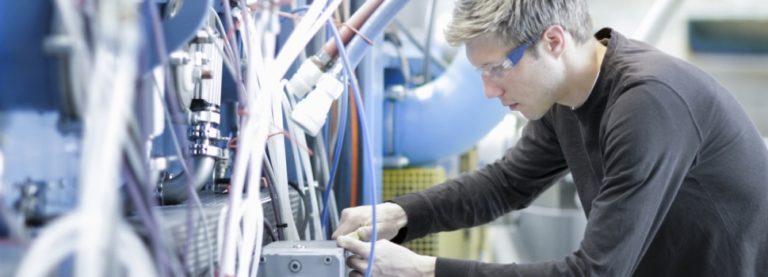Your “cumbersome” smartphone will be replaced by multiple wearable devices and other technologies that specialize in doing one thing very well. Here’s how.
By Kerry Doyle, Xerox contributor
Imagine a sensor-embedded environment that has learned to cater to your needs based on previous behavior, hand gestures and voice activation. Now imagine a wearable, specialized device that enables you to do things more efficiently and effectively than a smartphone, such as conversing, browsing, purchasing or even playing games.

These are the kinds of tasks that are possible as we move toward wearable technology and sensor-embedded environments. Such a transition also indicates that the smartphone and handsets in general represent a transitional phase.
As it stands today, high smartphone obsolescence and the introduction of 60-70 new models per year is simply unsustainable, both commercially and environmentally. A report by Recon Analytics found that the average smartphone lifespan in the U.S. is 21.7 months.
According to the Cisco Visual Networking Index (VNI) which tracks IP networking trends, mobile represented two percent of global IP traffic in 2012 and that figure will rise to nine percent in 2017. Moreover, mobile data traffic in 2013 was 18 times higher than all global Internet traffic back in 2000.
‘Cumbersome’ Smartphones on the Way Out
As the research indicates, we’re moving into a more digitally based and connected world. An increased reliance on the cloud as we move from a product- to services-based model is another indicator that the smartphone may be a bridging technology. The next stage? At the 2014 Consumer Electrics Show in Las Vegas, wearable devices were the hot items.
As if to emphasize this trend, Google has made recent moves that should attract attention. The company not only sold hardware manufacturer Motorola to Lenovo, it recently acquired Nest, a company forging the way with wireless, sensor-based intelligence. By gradually extending the home-based concept of behaviorally smart, networked devices to other vertical industries, Google is moving to the next level of innovation.
As computing becomes embedded into the world around us, wearable technology will feel more like natural extensions of what we do on a daily basis. According to some analysts, cumbersome smartphones will be replaced by vertical wearable devices, one for browsing, another for talking, etc., along with other technologies that specialize in doing one thing very well.
Extending such a concept even further to other industries (such as healthcare, energy or manufacturing) represents a true paradigm shift. For example, parallel developments in related areas support such a change. These include Software Defined Networking (SDN), nanotechnology, and multi-core processing.
Moreover, wearable tech has exploded over the last year—Google Glass, GlassUp, Meta and the Nike+ FuelBand represent signs that the movement is underway. BI Intelligence conservatively forecast a $12 billion market for wearable devices in five years. As computing sensors become more embedded into the world around us, they enable more advanced possibilities.
While smartglasses, fitness trackers and biometric wristbands represent the cusp of the trend, look for more advanced biometrics within clothing, and advances such as bendable glass with motion sensors and display capabilities. Of course, for the technology to truly take hold with consumers, adaptive designs will be crucial. They will need to be comfortable to wear, easily concealable (if necessary) or else can be worn as an attractive fashion statement.
From the editor: Can wearable devices monitor blood levels and oxygen? Dr. Eric Topol, a renowned cardiologist and author of “The Creative Destruction of Medicine,” says yes. And it’s happening now. Learn more in “5 Ways Your Smartphone Can Monitor Your Health Right Now” on Real Business.




[…] the next 5-10 years, futurists believe that smartphones will be replaced by wearable technology and voice and gesture controls will replace the need for keyboards and mice. One technology they […]